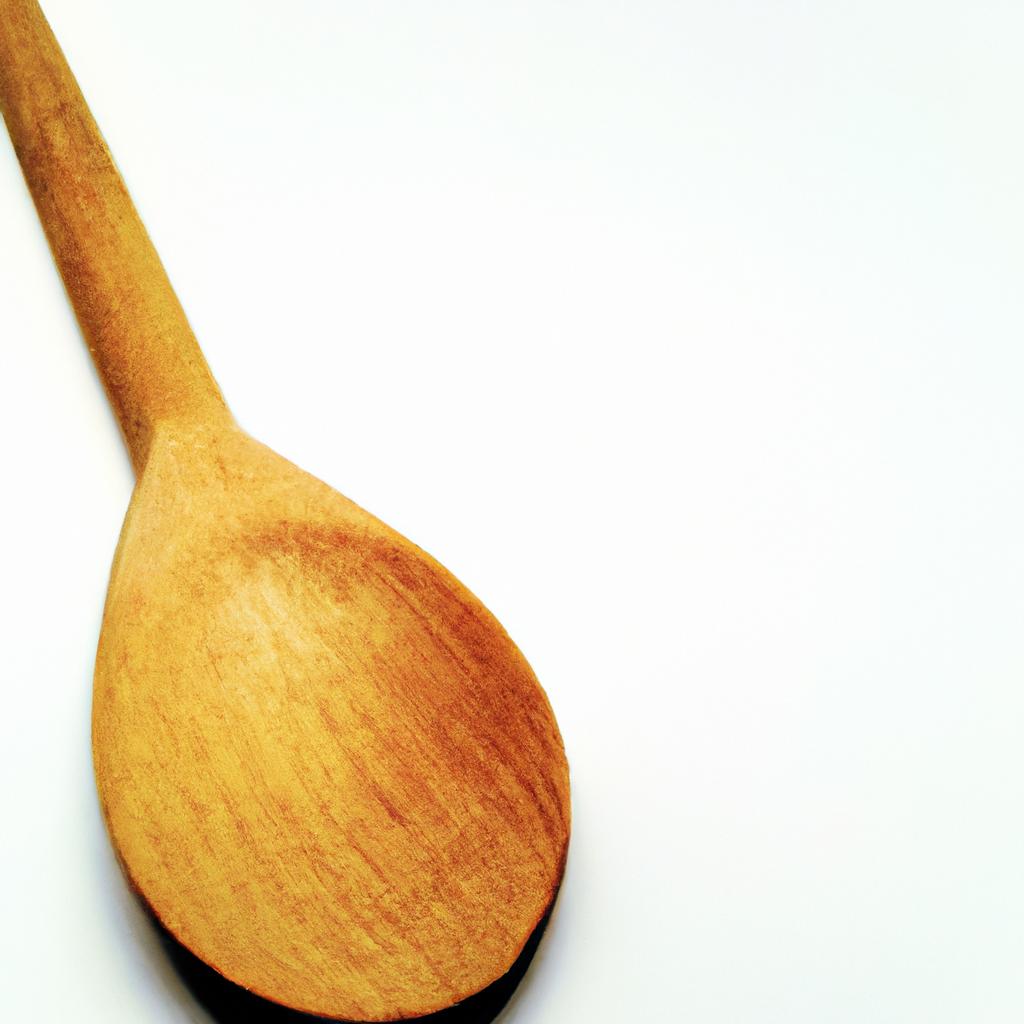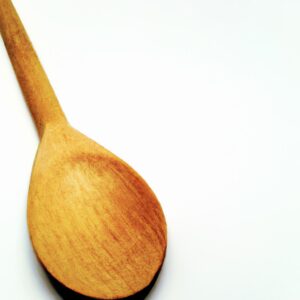Introduction to Kitchen Basics
Are you ready to take the plunge into the wonderful world of cooking? If so, then kitchen basics is your go-to guide for beginning your culinary journey! This guide will provide you with all the essential cooking techniques that you need to know in order to prepare delicious meals for yourself and others. From boiling water to baking cakes, this guide will walk you through each step and ensure that you feel confident and prepared no matter what you are making.
Get ready to become a kitchen pro and make your mark in the culinary world with Kitchen Basics: Essential Cooking Techniques for Beginners!
Essential Ingredients for the Kitchen
When embarking on your culinary journey, it is important to have a basic selection of ingredients stocked up in your kitchen. Having these essential ingredients will make sure that you can take on most recipes with ease and confidence.
When choosing ingredients, try to stick to those from your local grocery store or farmer’s markets, if possible. Buying locally sourced ingredients means that they are fresher, more flavourful and that you’re supporting your community.
Here is a list of the essential ingredients that all beginners should have on hand:
- Flour (all-purpose or whole-wheat)
- Sugar (white or brown)
- Salt (regular table salt, kosher salt, sea salt, etc.)
- Oil (vegetable, olive, coconut, etc.)
- Herbs and spices (chili powder, garlic powder, basil, oregano, etc.)
- Butter or margarine
- Eggs
- Milk (dairy or plant-based)
- Fruits and vegetables
These ingredients are just the basics and you can always experiment with different ingredients as you become more comfortable in the kitchen. Having a good selection of ingredients on hand will ensure that you can cook with confidence without having to run out to the store every time.
Basic Cooking Equipment
Having the right tools in the kitchen is essential for beginners to make delicious recipes. The following pieces of equipment are necessary to get started:
- Knives: A good set of knives is important for prepping vegetables, slicing meat, and mincing garlic.
- Pots and pans: Investing in a few good pots and pans is essential for boiling water, steaming vegetables, and browning meats.
- Cutting board: Protect your countertop by using a wooden, plastic, or bamboo cutting board.
- Mixing bowls: These come in all shapes and sizes, from small bowls to larger ones for mixing batters.
- Oven mitts: Potholders and oven mitts are essential for protecting hands when taking things in and out of the oven.
Although these items are essential for the kitchen, there are many other smaller gadgets and utensils that can be fun to explore as you gain more experience in the kitchen.
Boiling Water
Boiling water is an essential part of any kitchen, and an important step in many cooking techniques. While boiling water may seem simple, there are several different ways to do it, each with their own benefits and drawbacks. In this section, we will cover the two most common methods of boiling water: stovetop boiling and microwave boiling.
Stovetop Boiling
Stovetop boiling is the traditional method of boiling water and is among the most reliable. To begin, simply fill a pot with cold water (the amount you need depends on the recipe you’re using) and place it over high heat. Once the water starts boiling, reduce the heat to medium-low and let it simmer for around 5 minutes. It’s important to stir the water occasionally while it’s boiling, as this will help the heat distribute evenly throughout the pot. When the boiling is finished, your water is ready to use in whatever recipe you’re making.
Microwave Boiling
Microwave boiling is a convenient way to quickly heat up water without needing a stovetop. To begin, add the amount of water specified in your recipe to a microwave-safe container. Place the container in your microwave and set the timer for 2-3 minutes or until the water starts boiling (this will depend on the power of your microwave). Make sure to stir the water occasionally while it’s heating up. Once the water is boiling, remove it from the microwave and it’s ready to use.
Safety Tips
- Always use a pot that is large enough to accommodate the amount of water you are boiling.
- Make sure to never leave boiling water unattended, as it can boil over quickly.
- When boiling water in the microwave, always keep a close eye as water can sometimes boil over unexpectedly.
Steaming Food
Steaming is one of the easiest cooking techniques for beginners. It’s a great way to cook vegetables, fish, and other delicate foods without losing too much of their flavor and nutrition. Steaming can be done on the stovetop or in the oven with a steamer basket, and the process is simple and straightforward.
When steaming on the stovetop, all you need to do is fill a pot halfway with water, bring it to a boil, add the food to the steamer basket, and place the basket on top of the pot. Cover the pot, reduce the heat, and let the food steam until it’s cooked through. A microwave can also be used for steaming. Just place the food in a microwave-safe container, add a few tablespoons of water, cover, and microwave until the food is cooked.
When using the oven, preheat the oven to the desired temperature, place the food in the steamer basket, and then place the basket in an oven-safe roasting pan. Fill the pan with about 2 inches of water, place the pan in the oven, and steam the food until it’s cooked through.
Steamed foods retain their natural flavors and nutrients, making them a healthier option than fried foods. Steaming is also a faster cooking method than boiling, as more food can be cooked at once and less heat is needed to cook the food.
Roasting
Roasting is a great way to bring out the flavor and aroma of food. Oven roasting is the most common roasting technique, and can be used for meats, vegetables, and starches. With oven roasting, the heat is intense and evenly distributed which will give you crisp and golden-brown results. Dry-heat roasting relies solely on the heat from the oven to cook the food. For meats, it’s important to choose cuts with some fat so that it won’t dry out during the cooking process. To help get the best results when roasting, there are a few things to keep in mind. Preheat your oven 15 – 20 minutes before roasting. Season your meats or vegetables with a marinade or rub before roasting. Use a roasting pan just large enough to hold your ingredients to help lock in moisture and ensure even heat distribution. Make sure to rotate or flip the food midway through to ensure even cooking and browning. Finally, let the food rest for about 10 minutes after roasting before serving.
Baking
Baking is an incredibly important part of cooking and having the right techniques can be the difference between a delicious cake or a disaster. To ensure success, it’s important to understand the basics of baking.
Temperature is key when it comes to baking. Different recipes may call for different oven temperatures. Using the wrong temperature can make all the difference so it’s important to double check the instructions.
Likewise, baking times are also incredibly important. Over-baking or under-baking food can lead to quite a mess. Be sure to set a timer and check your food regularly to avoid disaster.
Different types of baking require different methods. For cakes, you may need to use a mixer and follow exact measurements for sugar, eggs, and other ingredients. Breads might need kneading while cookies may need flattening prior to baking. It’s important to understand the methods and procedures for the type of food you’re baking.
By following these baking basics – understanding temperatures, baking times, and proper techniques – you’ll have no problem making delicious baked goods.
Conclusion
Kitchen basics are an incredibly important part of cooking. From basic ingredients and equipment to boiling, steaming, roasting and baking, there is a lot to learn to become an accomplished cook. Following the essential tips and techniques outlined in this guide is a great way to start mastering kitchen basics. Now that you know the basics, it’s time to get creative in the kitchen!
comments: 0

